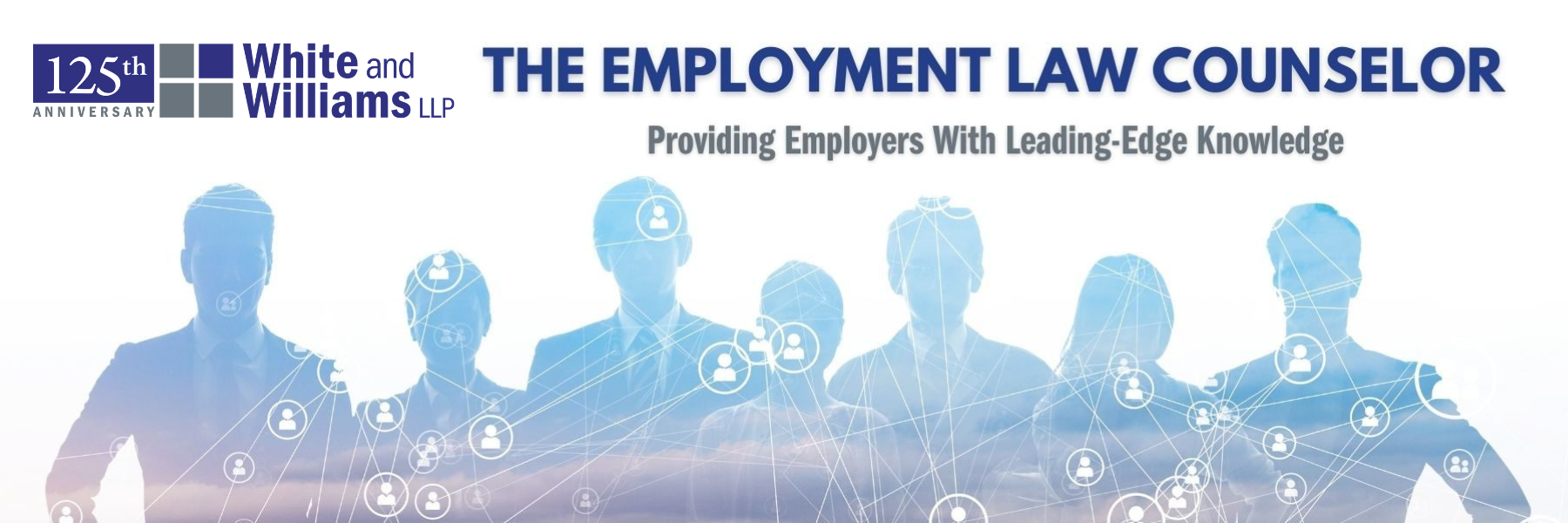On September 18, 2021, the Center for Disease Control and Prevention (CDC) issued updated guidelines for Quarantine and Isolation (Guidance) with respect to the COVID-19 virus. For purposes of the Guidance, “quarantine” is the appropriate response if a person may have been exposed to the virus, while “isolation” is the response for a person infected with the virus, even with no symptoms. With the expected issuance of workplace guidelines (and governmental mandates usually based on CDC Guidance) keeping informed of the changes and updates will be critical for employers as employees return to office workspace.
When to Quarantine
The CDC calls for quarantining if a person has been in “close contact” with someone who has COVID-19. “Close contact” is currently defined as being within six feet of someone for a cumulative total of 15 minutes or more over a 24-hour period.
People who are fully vaccinated do NOT need to quarantine unless they have symptoms of COVID-19. However, fully vaccinated people should get tested three to five days after their exposure and wear a mask in public for 14 days or until they receive a negative test result. The CDC Guidance allows for a person who had a positive viral test for COVID-19 within the previous 90 days, has fully recovered, and has no symptoms to not quarantine.
If symptoms of COVID-19 develop during quarantine, then the person should immediately self-isolate. A local health authority may provide that a quarantine period last for a shorter period (the CDC Guidance does not address a situation where the local authority where a person lives and where a person works may have different quarantine periods; the safer course would be to adhere to the local authority having the longer quarantine requirement).
When to Isolate
Isolation is used for people infected with COVID-19. A person in “isolation” should remain at home until cleared and separate themselves from others in the home.
When Can a Person Be Around Others?
CDC Guidance is broken down into several groups. A person who tested positive but had no symptoms may be with others 10 days after their positive viral test as long as no symptoms develop. Persons who have COVID-19 [mild] or think they may have it and show symptoms can be around others 10 days after symptoms first appeared, AND 24 hours with no fever without use of medications, AND other symptoms are improving UNLESS the person had severe COVID-19 OR is immunocompromised. People who had severe COVID-19 may need to stay home up to 20 days after their symptoms first appeared. Immunocompromised individuals need to consult with their healthcare provider about when they are able to resume contact (and with what precautions).
What Does This Mean for Employers?
There is no one simple policy that can be applied under this Guidance. Moreover, much of the recommended timing may depend upon an employee’s self-recognition of symptoms and does not address the issue/possibility of asymptomatic infections. Additionally, employees infected with COVID may be subject to different recommendations on when they may be able to return to work. Prior confirmed COVID exposure, vaccination status and present symptoms may also impact whether a person has to quarantine if exposed to someone who has COVID (assuming that information can be confirmed that a person was exposed for 15 minutes over a 24-hour period to someone who had COVID).
Moreover, the Guidance is updated regularly such that the Guidance in place today may be changed at any time. Equally, local authorities may also impose more stringent requirements that an employer will need to keep abreast of. It bears noting that employers do not need to limit their own workplace rules to what the CDC Guidance suggests; an employer may have more stringent standards (as long as applied equally and in accordance with the laws against discrimination and where applicable consistent with any collective bargaining obligations).
The recent recommendations for booster shots for certain people who had the Pfizer vaccine adds an additional level of uncertainty. There is no guidance yet as to whether the “booster” is required to maintain status of “fully vaccinated” for those recommended to receive a booster shot. Certain jobs with a high risk of exposure are within the recommend group of people to receive the booster shot; employers in those industries may need to make their own decision about requiring a booster for their employees as available and approved (booster shot recommendations for Moderna and J&J vaccines are still under consideration).
Unfortunately, as the pandemic continues there are still no easy answers for employers.

